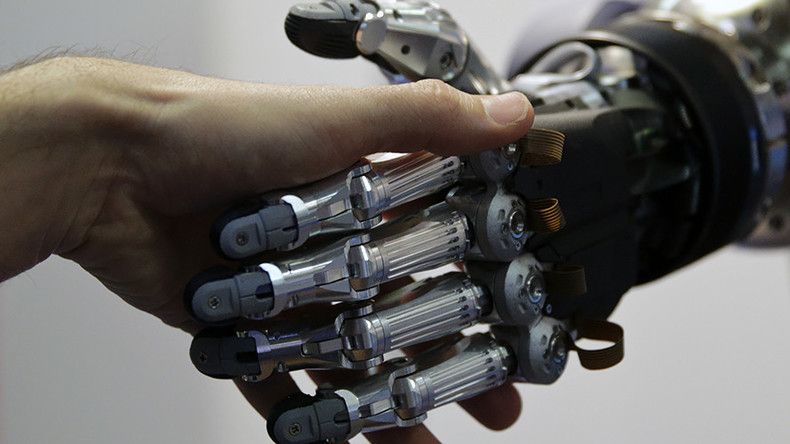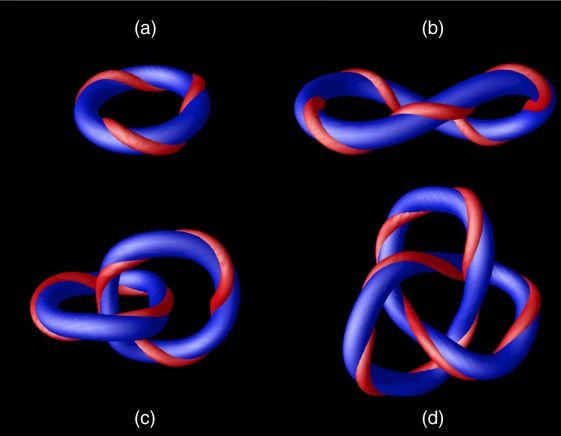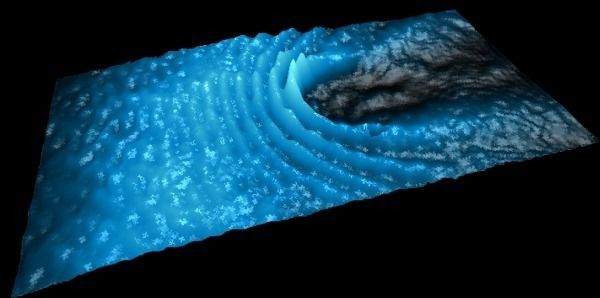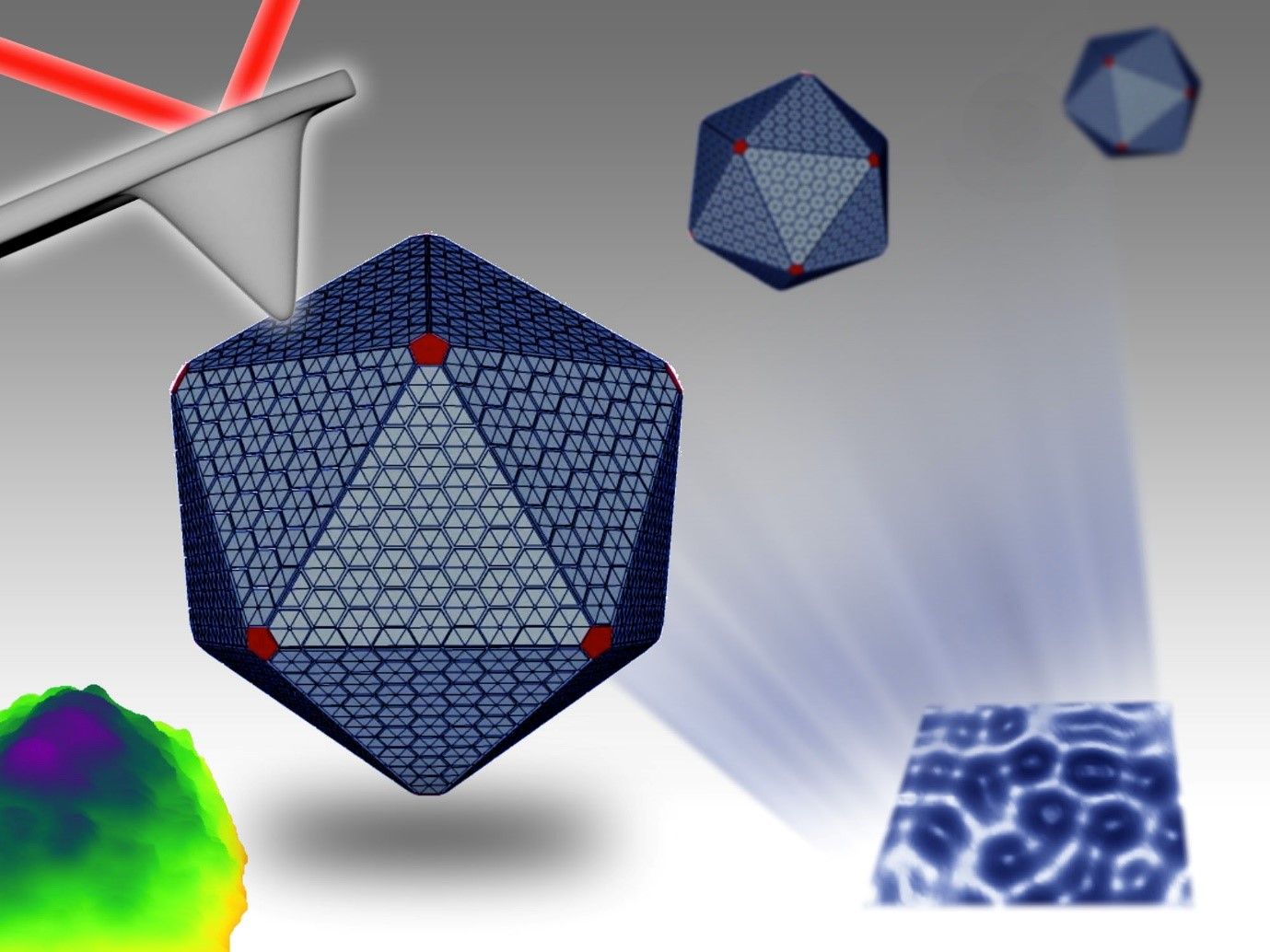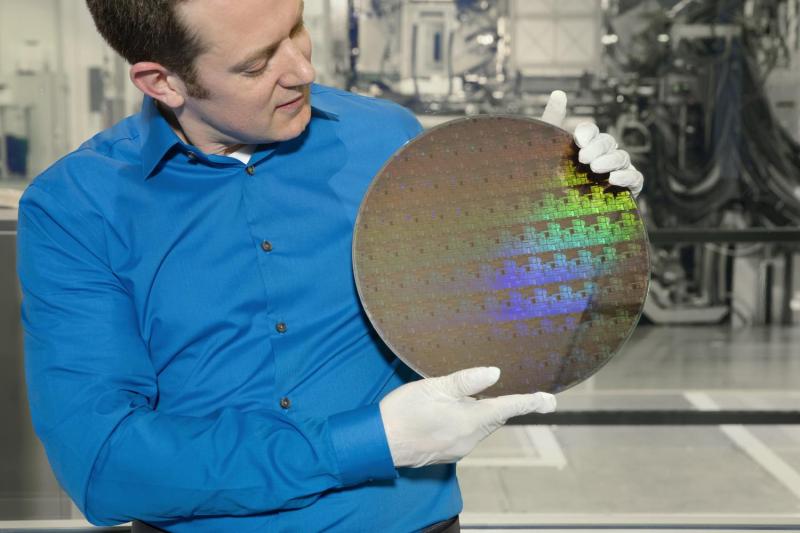Jul 5, 2017
Building Circuits Without Touching Them: Watch Carbon Nanotubes Self-Assemble
Posted by Shailesh Prasad in category: nanotechnology
Through Teslaphoresis, nanotubes can be directed to assemble themselves into wires within this force field, making it possible to build circuits without physical contact.
Scientists from Rice University found a way to conduct electricity without making physical contact between the circuit and the energy source. Using a Tesla coil’s antenna to project a gradient high-voltage forcefield into air, they were able to polarize carbon nanotubes within this Teslaphoretic (TEP) field, which then spring out like webs to assemble themselves into wires.
Continue reading “Building Circuits Without Touching Them: Watch Carbon Nanotubes Self-Assemble” »


